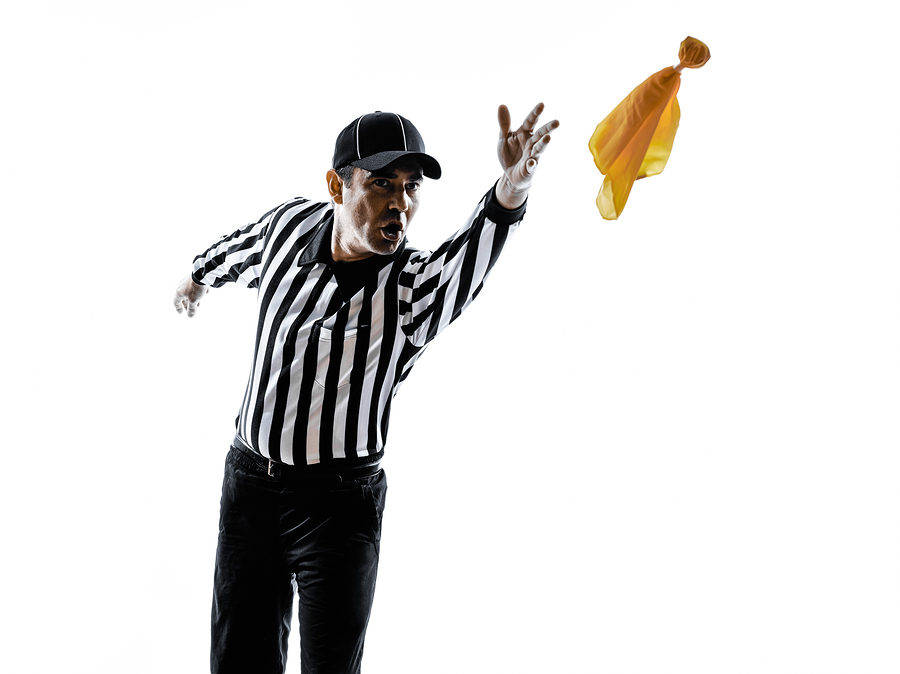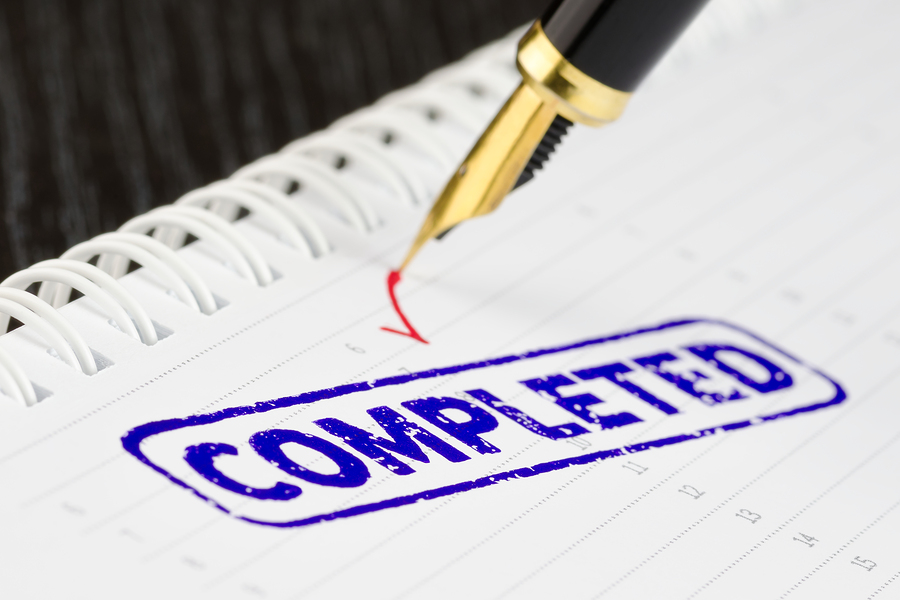Well, I don’t always hate my job. I only hate it on the days I have to send rejection letters. Or maybe I should say, I only hate it during the moments of the day that I must send rejection letters.
If you receive a rejection letter either from my assistant or myself, you can count on a few truths:
- If we say you are talented, we believe it.
- If we say your work isn’t the right fit for us, you can believe it.
- If we say you can send us proposals in the future, you can take us up on that offer.
In fact, you can believe anything we say in our letters. We don’t search for excuses. If you think you’ve gotten a form letter, then your work has a similar reason for being rejected that it shares with many others.
Next time, I’ll elaborate on those reasons. But in the meantime, I want to assure you that writing rejection letters causes us much pain. Much more than you may realize. I have a writer’s heart, and I remember rejection of my own work all too well.
So please know that while I’m not able to take on every project I like and every author I adore, I do understand the heartbreak of rejection.
May many acceptance letters be in your future!
Your turn:
What was the most painful rejection letter you received?
What was the most encouraging rejection letter you received?











